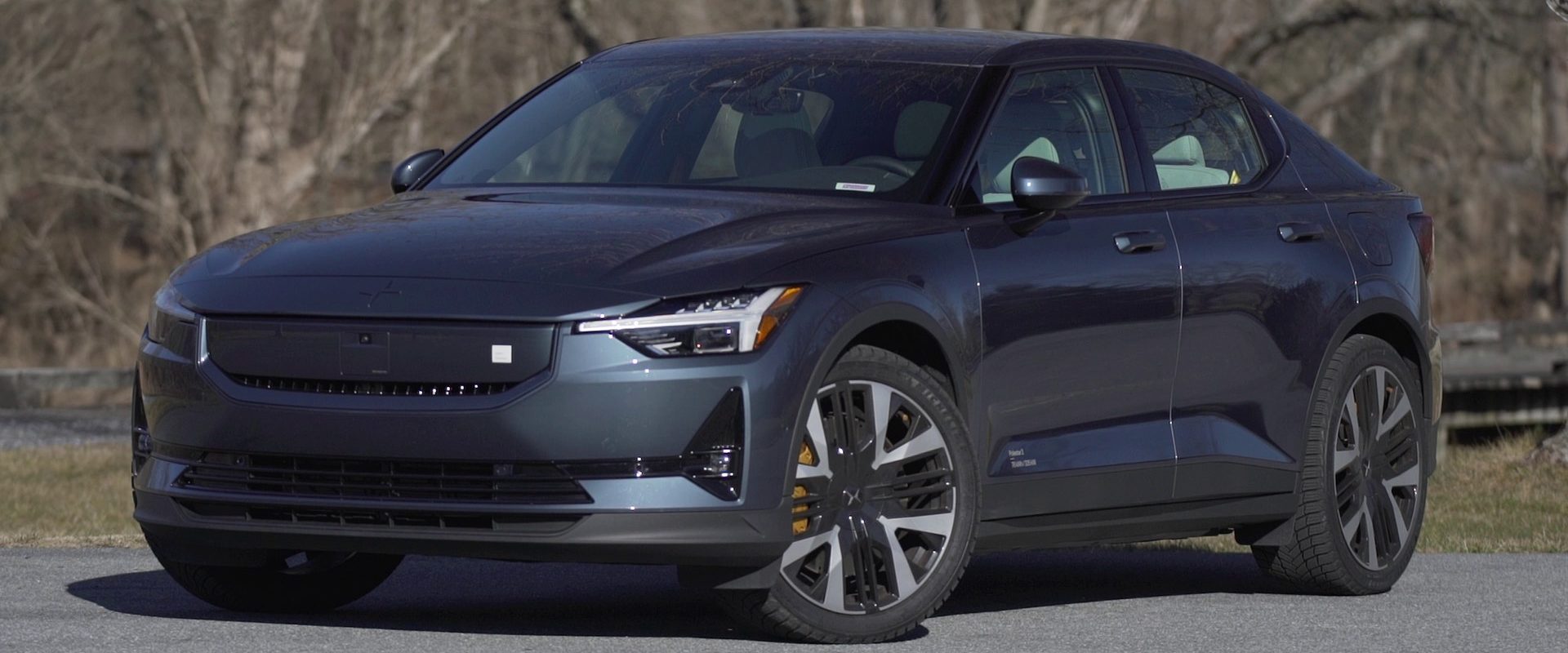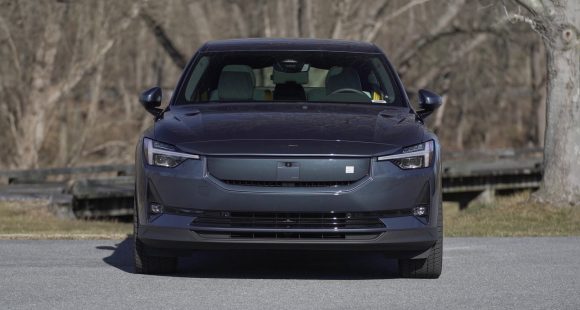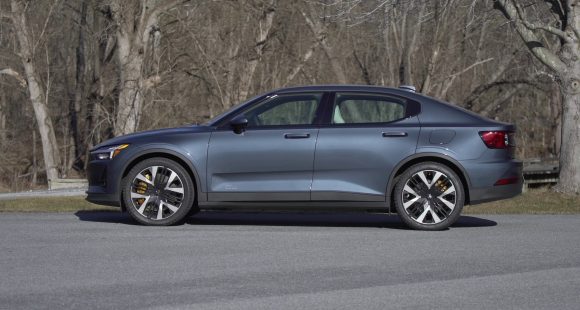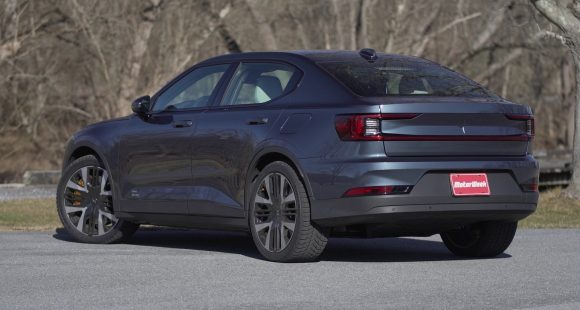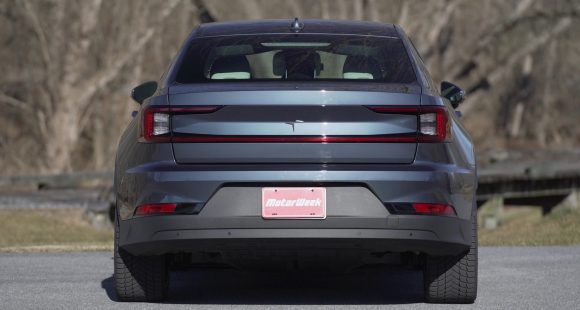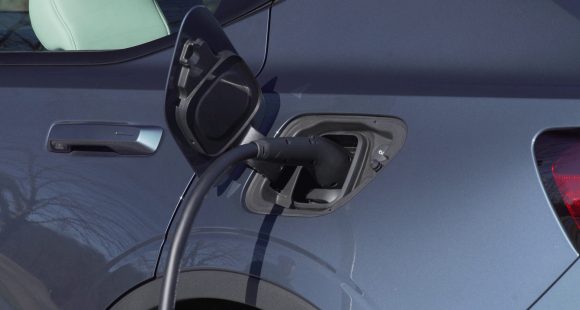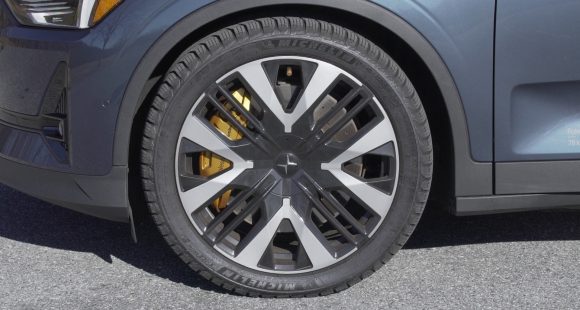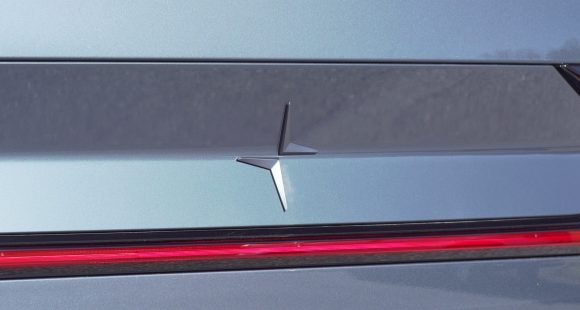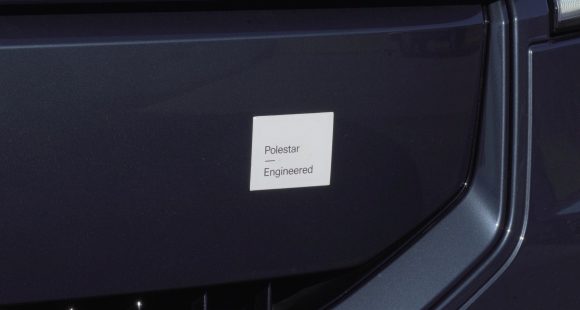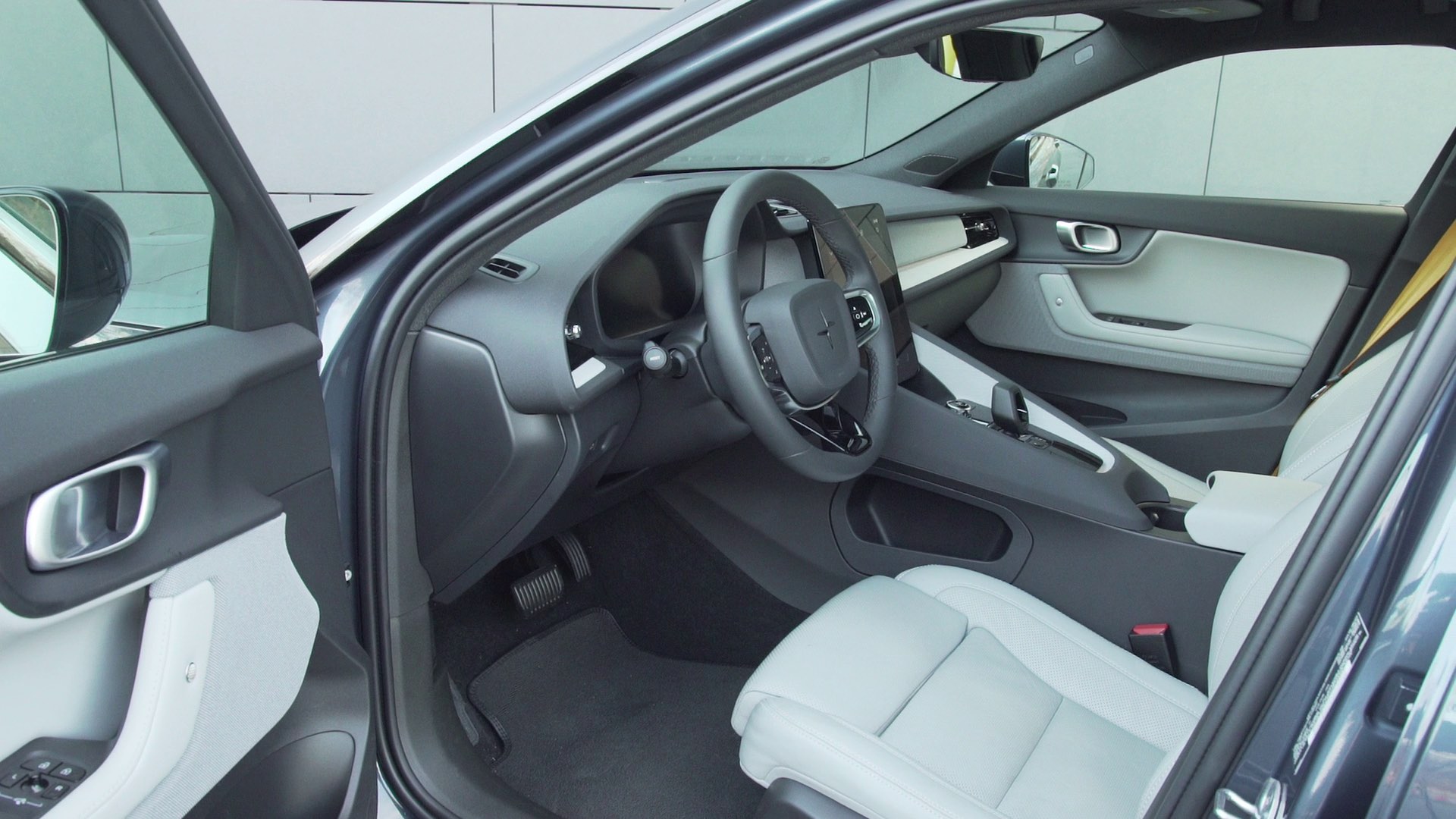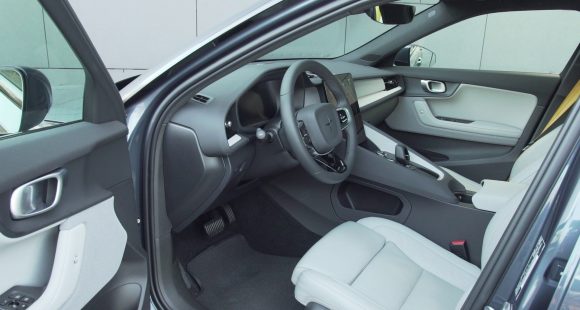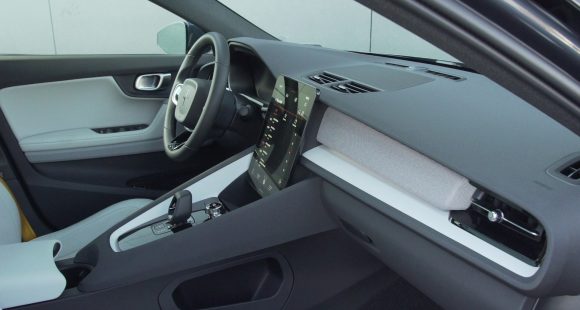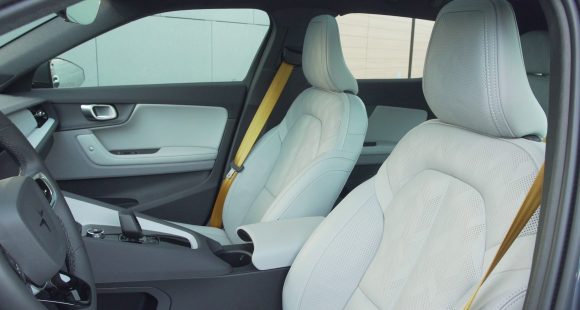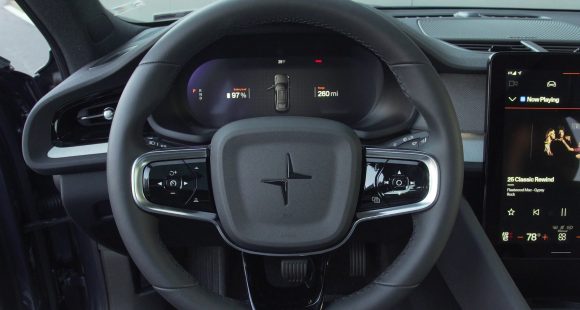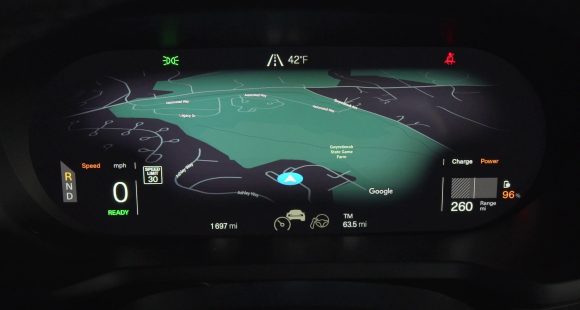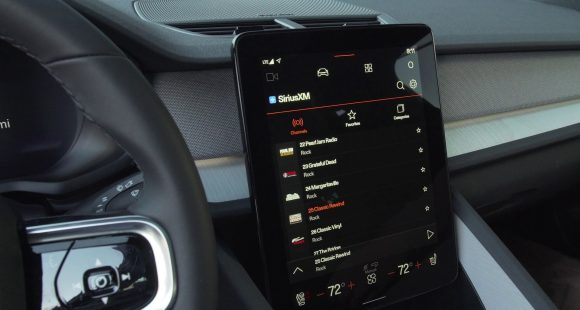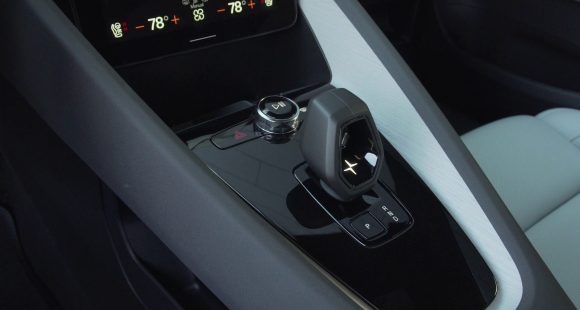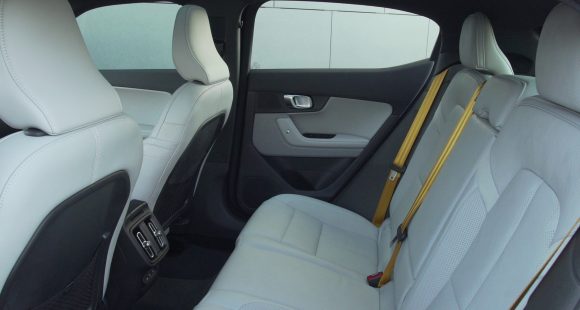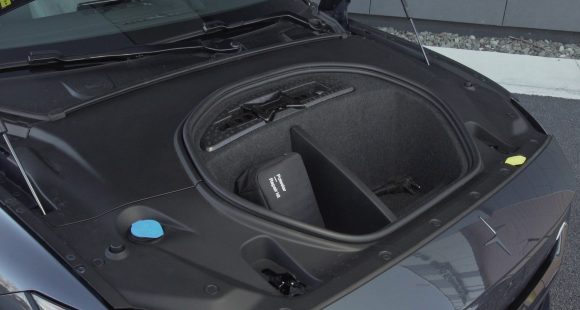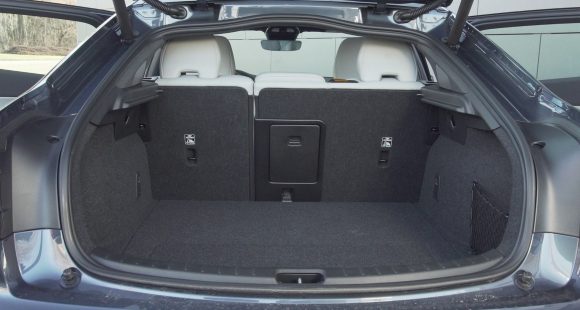2018 BMW X3
We tested the original BMW X3 sports activity vehicle back in 2003. We marveled at how the brand’s second utility managed to add boat-loads of everyday comfort and versatility while maintaining so much of its namesake 3-series sport sedan’s concise driving character. Now, as the 3rd generation X3 has arrived, it’s time to take stock of BMW’s compact ute once again, and see just how it’s evolved.
BMW jumped into the premium utility market before most. They were a true early adopter in embracing the new “utilitarian” norm for luxury carmakers. But, the 2018 X3 drives into a much more crowded automotive landscape than the original did, with rival luxury utes at every turn. Still, BMW didn’t want to mess too much with success.
So, they kept the new X3’s exterior dimensions almost the same as the outgoing model. Yet, they stretched the wheelbase by over two inches for additional interior space.
 That’s because its lesser sibling the X1, which has the advantage of being front-wheel-drive based, had almost the same amount of room inside as the out-going rear-drive based X3.
That’s because its lesser sibling the X1, which has the advantage of being front-wheel-drive based, had almost the same amount of room inside as the out-going rear-drive based X3.
But behind the wheel, there’s no comparison. While the X1 is indeed very fun to drive, it’s more like a lightweight, nimble plaything, whereas the X3 feels solid and nailed down; yes still very much like a 3-Series sedan.
And, since BMW does place such a high priority on that driving experience, it’s notable that an M Performance model is newly available in the X3.
The M40i, which replaces the xDrive35i, features BMW’s 3.0-liter turbo inline-6, outputting 355-horsepower and 369 lb.-ft. of torque, an 8-speed automatic transmission, and more rear-bias for the standard xDrive all-wheel-drive system.
It does indeed feel powerful, but like any performance machine, things can be loud and a bit abrasive at times.
M40i’s get sportier-looking trim inside too, as well as an aero kit for the exterior; where you’ll also notice black chrome tips for the performance exhaust system, M Sport brakes, and 19, 20, or 21-inch wheels.
 But, we also spent time in the much higher volume xDrive30i, which replaces the xDrive28i base model. Under its hood, is a slightly updated 2.0-liter I4 turbo; now with 248–horsepower, 8-more than before, and 258 lb.-ft. of torque.
But, we also spent time in the much higher volume xDrive30i, which replaces the xDrive28i base model. Under its hood, is a slightly updated 2.0-liter I4 turbo; now with 248–horsepower, 8-more than before, and 258 lb.-ft. of torque.
It ramped us to 60 in 6.5-seconds. Really good for any “base model” utility. The M40i does the same deed about two seconds quicker.
All-wheel-drive grip, and easy to use launch control, get you off the line efficiently; while the 8-speed automatic that comes with all X3s, snaps off shifts with an almost brutal immediacy, that keeps the turbo-4 in its sweet spot for the whole ¼-mile trip, which takes 15.0-seconds at 90 miles-per-hour. It may not be the absolute fastest SUV out there, but it feels like it.
Weight is also virtually the same as last year, but it has been shifted around, with a little more now supported by the rear wheels for improved handling.
Even more so here in the 30i where turn-ins are deadly quick, and body roll comfortably minimal. You do have to keep inputs smooth however, as stability control is quick to trigger.
 Two thumbs up for braking, as stops from 60 averaged just 102-feet. A firm pedal with short travel leads to a comfortable and reassuring feeling. All-in-all a very well-balanced package.
Two thumbs up for braking, as stops from 60 averaged just 102-feet. A firm pedal with short travel leads to a comfortable and reassuring feeling. All-in-all a very well-balanced package.
With X1 now taking up entry-level SAV duties, even the base X3 gets much nicer materials throughout the cabin, part of a pleasant overall evolution to the familiar layout inside. The dash-top touchscreen now stretches over 10-inches, and the available Head Up Display is 75% larger than before.
Very minor changes to cargo capacity, with rear space up slightly to 28.7 cubic-ft., while overall volume with rear seats folded, falls just a tad to 62.7 cubic-ft.
This X3 is also the first BMW utility to offer a factory-installed trailer hitch. Towing capacity is good for a compact, at 4,400-lbs.
Government Fuel Economy Ratings for the 30i are 22-City, 29-Highway, and 25-Combined; our average was a disappointing 23.3 miles-per-gallon of Premium. Still, there’s an average Energy Impact Score of 13.2-barrels of yearly oil use, with C02 emissions of 5.9-tons.
X3 pricing starts about the same as before, with an xDrive30i at $43,645. M40i’s begin at $55,495.
Keeping performance high on the priority list, while bringing more utility and luxury along for the thrill ride, will surely keep the 2018 BMW X3 a popular choice, we also think the X3 has evolved enough for many of them to continue to look on with envy.
Specifications
- Engine: 3.0 liter (xDrive35i) / 2.0 liter (xDrive30i)
- Horsepower: 355 (xDrive35i) / 248 (xDrive30i)
- Torque: 369 lb.-ft. (xDrive35i) / 258 lb.-ft. (xDrive30i)
- 0-60 mph: 6.5 seconds (xDrive30i)
- 1/4 mile: 15.0 seconds @ 90 mph
- EPA: 22 mpg city / 29 mpg highway (xDrive30i)
- Energy Impact: 14.2 barrels of oil/yr
- CO2 Emissions: 5.9 tons/yr
2024 Polestar 2
More Range And More Power For The Polestar 2
Volvo is well on their way to making the transition to an all-electric brand, but their sister-brand Polestar is already there. Now, we’ve spent lots of time in their all-wheel drive, five-door Polestar 2, having tested it in 2021, and a year later when a two-wheel drive version arrived. But, EV updates are coming quickly. So, let us be your guide for all that’s new with the Polestar 2.
While we are driving more EVs than ever, we’ve also been spending a lot of time recently circling back to ones we’ve previously tested. As in this new era of electrified vehicles, significant updates are arriving quickly, with R&D investments increasing and retrofitting them easier than ever. This is often done through software updates that can even be accomplished over the air. For 2024, the Polestar 2 has indeed gotten some software updates, but some physical ones as well.
Clearly aimed directly at Tesla’s Model 3 when it arrived; the Polestar 2’s build quality was vastly better, but range definitely came up short. So, addressing that was priority No. 1; and for ’24 the Polestar can travel up to 20% farther than before while consuming 9% less energy, and when it comes time to charge it back up, it can do that 34% faster too.
Range in the Single Motor version increases from a max of 270 to 320 miles thanks to a larger 82-kWh battery pack, and that solitary motor now powers the rear wheels, not the front wheels. It’s also bigger, coming in at 220 kW compared to the previous 170 kW front-wheel drive version, going from 231 to 299 horsepower.
Dual Motors keep the same 78-kWh battery, but still sees a boost from 260 to 276 miles and takes advantage of the larger rear motor for a new combined 310-kW output with 421 horsepower. Our test car has the added Performance Pack, which uses an additional 35 kW to deliver 455 horsepower and 546 lb-ft of torque, though max range drops to just 247 miles.
The new battery in rear-drive 2s will also charge faster, now accepting up to 205 kW for an 80% charge in 20 minutes; max for dual-motors stays at 155 kW, which puts an 80% charge at 34 minutes. Using 32 kWh of electricity per 100 miles, the Dual Motor earns a good efficiency rating.
The [Polestar] 2 has always been one of the most enjoyable EVs to drive, even more so now with that additional power coming from the rear motor.
Unfortunately, extremely cold temperatures kept us from seeing that increased range, as we were only on pace for about 194 miles in our test.
The 2 has always been one of the most enjoyable EVs to drive, even more so now with that additional power coming from the rear motor. And especially when equipped with the Performance Pack as it not only includes more power, but adds 20-inch forged wheels, upgraded brakes, and adjustable Ohlins Dual Flow Valve performance dampers. It greatly improves handling prowess without affecting ride quality, and is easily worth the $5,500 charge if you at all enjoy driving.
Even on a 20-degree track day there was plenty of grip through our handling course. No understeer or oversteer, and lots of feedback through the wheel. There was a nice, strong launch off the line that properly planted us firmly in the seat, and rocketed us to 60 in 4.5 seconds. Power delivery stayed pretty intense up until about 80 mph when there was a definite tapering off. Still, it was a 13.4-second quarter-mile at 102 mph; smooth, quiet, and stable the whole way.
When this car debuted, its Google-based infotainment setup was a novelty, but since then, more and more manufacturers are just “Googling it” so it doesn’t seem out of place at all. The wireless phone charger is easy to access, and there’s a great Harmon/Kardon sound system and panoramic sunroof to enhance the in-cabin experience. Exteriors have also been enhanced with a smooth grille insert and new wheel choices.
Hatchback practicality means 14.3 cu-ft of easy to access cargo space with split-folding seatbacks for longer items and expanding the space to 38.7 cu-ft. Plus, there’s even a sizeable storage bin up front under the hood.
Single Motor Polestar 2 pricing now starts at $51,300, with Dual Motors starting at $56,700; topping out at $64,400.
For a car manufacturer that hasn’t even been around for a decade yet, Polestar has kept itself busy, totally transforming their latest model in just a few years, making the 2024 Polestar 2 even more appealing. They are certainly off to a good start, and with a host of Polestars just over the horizon, including some all-important utility vehicles, this star will be shining even brighter.
Specifications
As Tested
- Motor Setup: Dual Motor
- Horsepower: 455
- 0-60 mph: 4.5 seconds
- EPA Range: 247 miles
- Efficiency : 32 kWh / 100 miles
- Battery Size: 78-kWh
- Torque: 546 lb-ft
- 1/4 Mile: 13.4 seconds at 102 mph
- MW Test Loop: ~ 194 miles
- Peak Charging Rate: 155 kW







